


PCM
HerramientasPubMed

HerramientasPubMed
BIORSS
RSS
ModeloBiocolores
ColibriesBIOColores
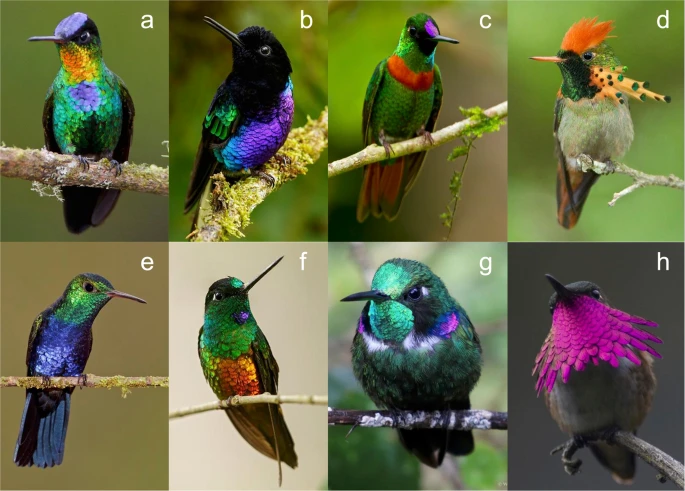
BancoImagenes
MAriposasBIOcolores
RevisionBIOcolores
FloresBIOcolores
AzulElusivo
AzulSemántico
AzulBiocolores
UnColor
https://www.zotero.org/groups/5400707/revisiones_biocolores/items/GV7VYCV9/item-list
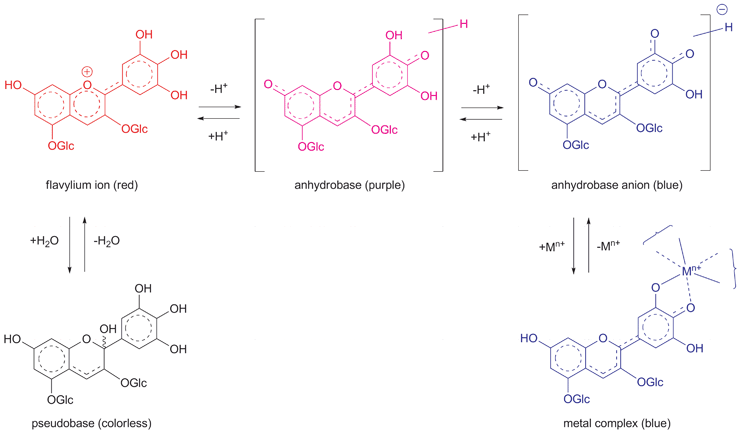
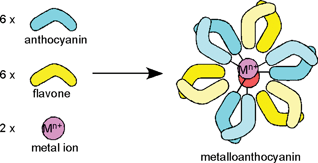
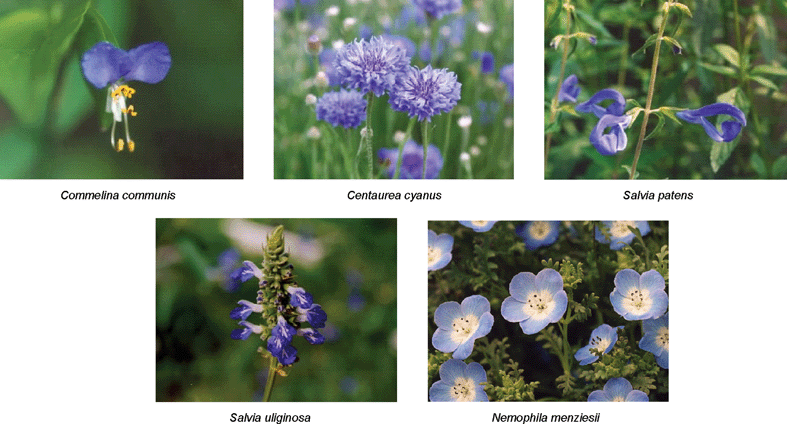
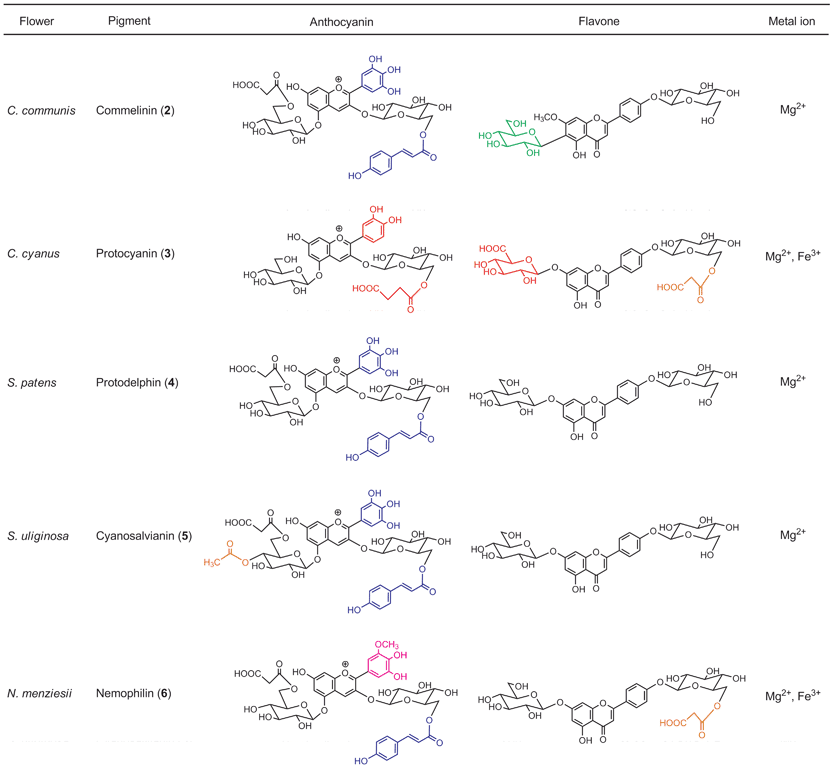
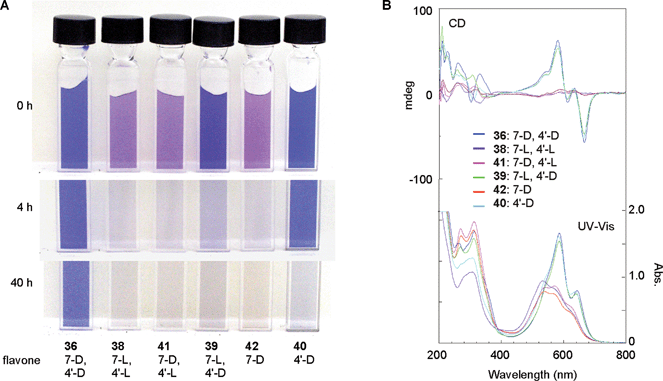
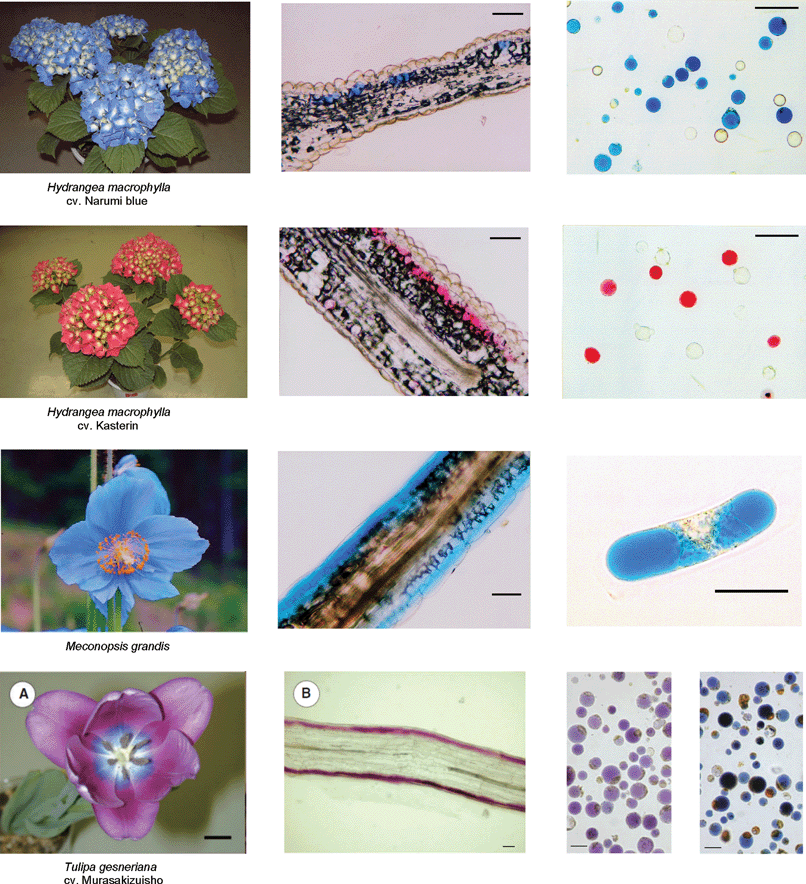
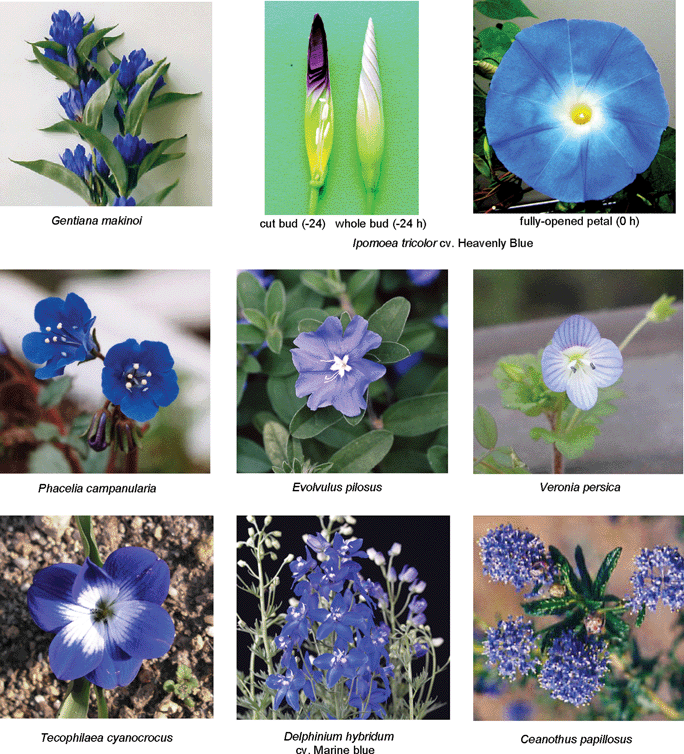
RevisionBIOColores
EcologíaBIOcolores
https://www.zotero.org/groups/5400707/revisiones_biocolores/items/MVZ8W96S/item-list
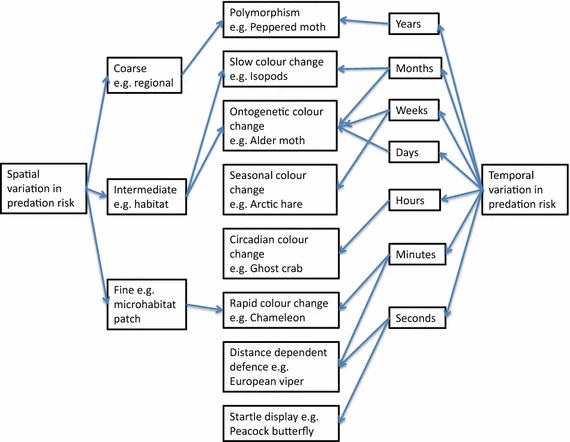
Colage
JirafasBIOcolores
HerramientaPubMed
Colage
Fluorescencia

MariposasBIOcolores
TecnicaBIOcolores
MuseomicaBIOcolores



MariposasBIOcolores
Colage
FormaFlor
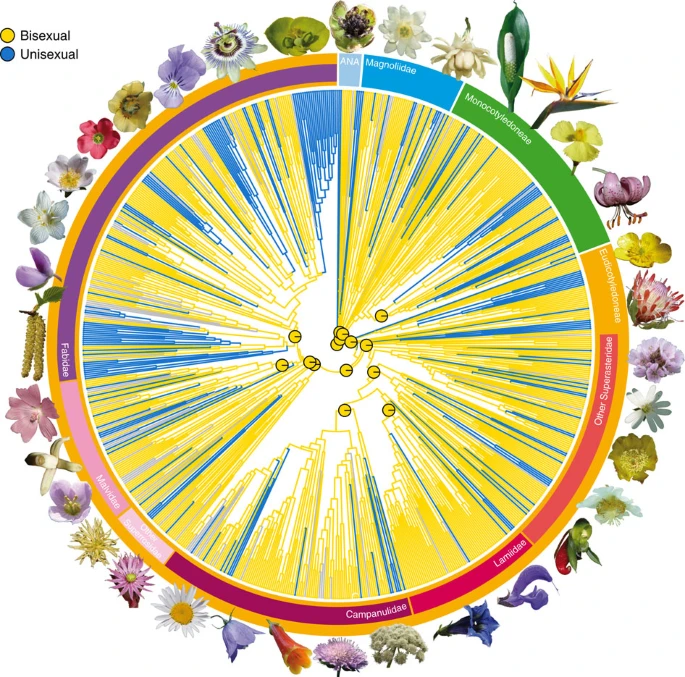
En las últimas décadas, los biólogos evolutivos han mejorado enormemente los métodos computacionales para agilizar la recopilación y el análisis de datos genéticos de sistemas no modelo. Sin embargo, las herramientas para datos fenotípicos están rezagadas a pesar de la necesidad crítica de dichos datos para comprender cómo han evolucionado los rasgos a escalas micro y macroevolutivas. En comparación con los datos de las bases de datos genéticas estandarizadas (NCBI, etc.), los datos fenotípicos a menudo se encuentran dispersos en repositorios no estándar (por ejemplo, material complementario), no están disponibles públicamente o no son comparables entre estudios debido a la subjetividad de los términos utilizados. incapacidad para probar la homología dados los datos faltantes y variabilidad de los enfoques para codificar caracteres y estados de caracteres. La terminología subjetiva para caracterizar fenotipos obstaculiza nuestra capacidad de aprovechar los datos existentes para metanálisis a gran escala en investigaciones evolutivas o morfológicas o determinar si los resultados de los estudios son comparables. Estos problemas se magnifican en estudios que incluyen morfologías complejas o mal caracterizadas donde la terminología es a menudo imprecisa y conflictiva, o específica del grupo de estudio. Para aumentar la claridad de los datos y la reproducibilidad científica, abogamos por el uso de ontologías existentes y la mejora continua de las ontologías vegetales.
TO DO - Leer [ ]


InfografiaBIOcolores
ColageBIocolores
SemillasBIOcolores
colage
InsectosBIOcolores
DesordenPigmentacion
LepidopteraBIOcolores
BIOcienciaAbierta

MariposasBIOcolores
ExplicacionesInesperadas
BIOcoloresExcepcionales

OrganismosAzules
AvesAzules
https://www.wikidata.org/wiki/Q18418763
OrganismosAzules
AvesAzules
OrganismosAzules
AvesAzules
OrganismosAzules
AvesAzules
AnfibiosBIOcolores
RanasBIOcolores
AposematismoBIOColores
MimetismoBIOcolores

MimetismoBIOcolores

RevisionBIOcolores
AposematismoBIOcolores
AnimalesBIOcolores
https://www.zotero.org/lmichan/collections/J6GEZUVI/items/XGI2SV9D/item-list

MariposasBIOcolores
ColibriesBIOcolores
FloresBIOcolores

AvesBIOcolores
BIOdataviz
FloresBIOcolores
FloresBIOcolores
Notas
*Acceso restringido a organizaciones previo pago * Se pueden consultar indicadores de Altmetrics en artículos que cuentan con ese servicio * Está libre el conjunto de #COVID-19
MariposasBIocolores
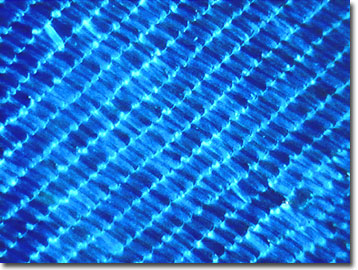
IDpaper:202351
BIOnomenclatura
El uso de nombres de organismos como elemento de metadatos universal para vincular e integrar datos sobre biodiversidad en una variedad de fuentes de datos.
Está imagen está genial, puedo hacer una para algún tema biológico

PCM
PCM20241
SofíaNictéCavazosLuengas
PCM
PCM20241
SofíaNictéCavazosLuengas
PCM
PCM20241
SofíaNictéCavazosLuengas
PCM
PCM20241
SofíaNictéCavazosLuengas
Este color es verde o azul?

Aquí hay más casos https://es.wikipedia.org/wiki/Meropidae
EBiblioteca
Portal,Web2.0,
FloresBIOcolores

Tipo:💻 Software
Función:🛠️ recuperación y análisis de citas académicas
Acceso: 🆓libre
Entidad: 📢Proyecto individual
Favorito:⭐⭐⭐
🐦Tiene twitter @AWHarzing
@AWHarzing
https://twitter.com/hashtag/Kit_pop?src=hashtag_click
Indicadores
Catálogo force11: https://www.force11.org/node/4656
MinervaMaríaRomeroPérez
ColoresColeopteros
LaylaMichánAguirre
PNBIocolores
Qué organismos tienen Cianidina y Delfinidina?
En qué estructuras? Hacerlo cómo colibríes
BancoImagenesBiocolores
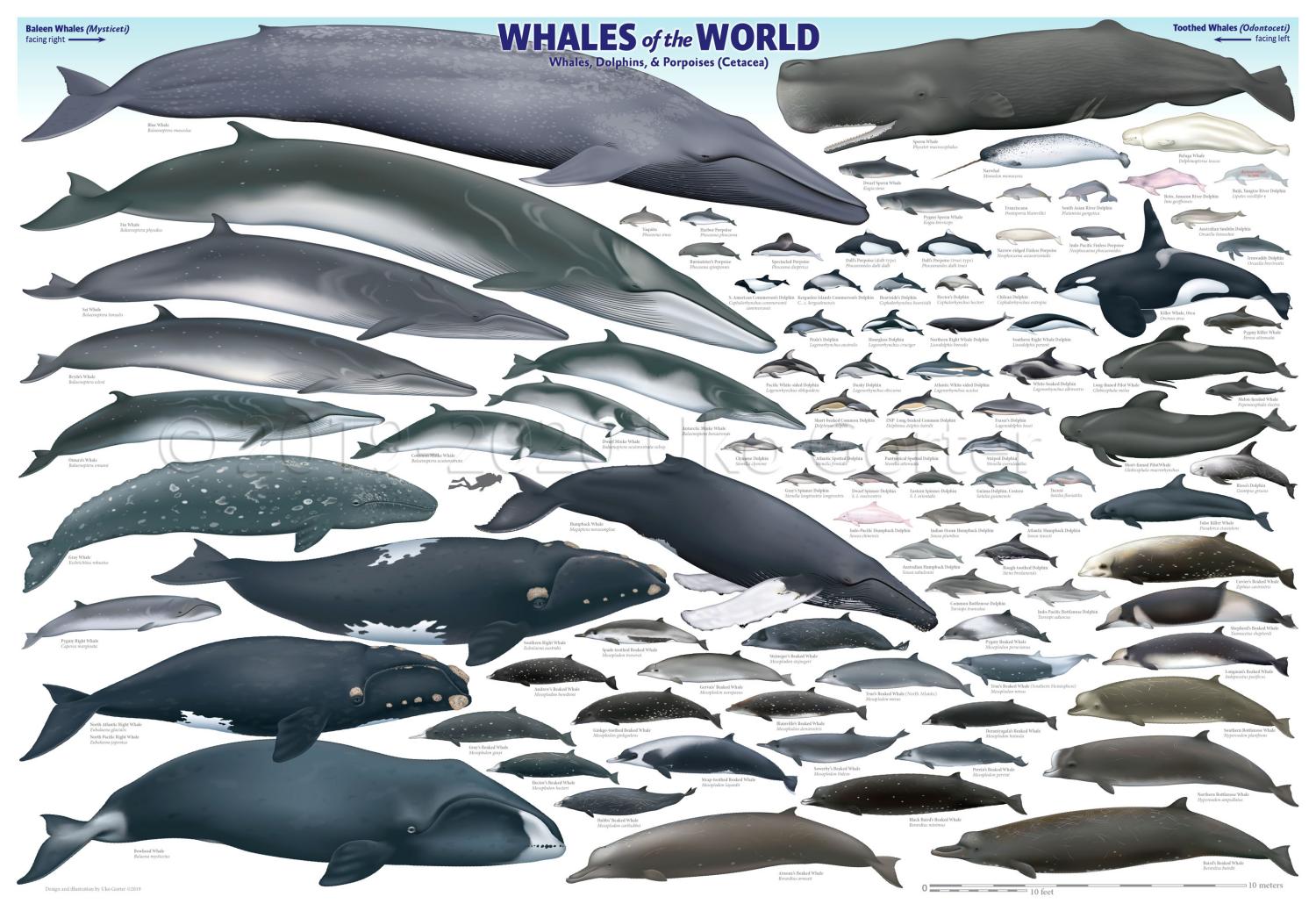
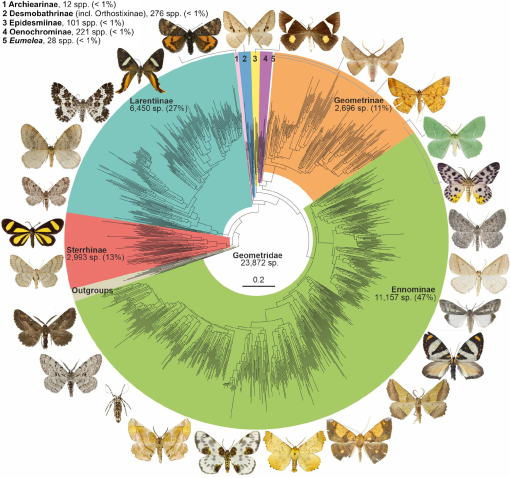
```html
<div vocab="https://schema.org/" typeof="VisualArtwork"> <link property="sameAs" href="http://rdf.freebase.com/rdf/m.0439_q" />A <span property="artform">painting</span> also known as <span>The Treason of Images</span> or <span property="alternateName">The Treachery of Images</span>.
 <div property="description">
<div property="description">
The painting shows a pipe. Below it, Magritte painted, <q lang="fr">Ceci n'est pas une pipe.</q>, French for "This is not a pipe."
His statement is taken to mean that the painting itself is not a pipe. The painting is merely an image of a pipe. Hence, the description, "this is not a pipe."
Similarly, the image shown above is neither a pipe nor even a painting, but rather a digital photograph.
The painting is sometimes given as an example of meta message conveyed by paralanguage. Compare with Korzybski's <q>The word is not the thing</q> and <q>The map is not the territory</q>. </div>
```
```html
<div vocab="https://schema.org/" typeof="VisualArtwork"> <link property="sameAs" href="http://rdf.freebase.com/rdf/m.0dbwsn" />My Bed, first created in <time property="dateCreated" datetime="1998">1998</time>, is an <span property="artform">installation</span> by the British artist Tracey Emin.
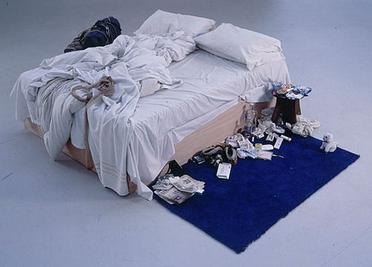 <div property="description">
<div property="description">
<cite>My Bed</cite> was exhibited at the Tate Gallery in <time datetime="1998">1999</time> as one of the shortlisted works for the Turner Prize. It consisted of her bed with bedroom objects in an abject state, and gained much media attention. Although it did not win the prize, its notoriety has persisted. </div>
The artwork generated considerable media furore, particularly over the fact that the <span property="artMedium">bedsheets</span> were stained with bodily secretions and the floor had items from the artist's room (such as <span property="artMedium">condoms</span>, <span property="artMedium">a pair of knickers</span> with menstrual period stains, other detritus, and functional, everyday objects, including a <span property="artMedium">pair of slippers</span>). The <span property="artMedium">bed</span> was presented in the state that Emin claimed it had been when she said she had not got up from it for several days due to suicidal depression brought on by relationship difficulties.
</div>```
```html
<div vocab="https://schema.org/" typeof="VisualArtwork"> <link property="sameAs" href="http://www.pada.net/members/memPicFull.php/38/367" /><span property="artform">Print</span> from <time property="dateCreated" datetime="1962">1962</time> by Pablo Picasso. Numbered from the edition of <span property="artEdition">50</span>, each signed by the artist in pencil, lower right: Picasso.
 <div property="description">
<div property="description">
<cite>Still Life under the Lamp</cite>, from 1962, made when the artist was eighty years old, are counted among Picasso’s most important works in linocut, a technique that he explored in the late 1950s and early 1960s. The progressive proofs show the step by step sequence by which Picasso created his linocut images showing the development of the image into its final form.
</div>```
```html
<div vocab="https://schema.org/" typeof="Painting">```
```html
<div vocab="https://schema.org/" typeof="Painting"> <meta property="sameAs" content="https://en.wikipedia.org/wiki/The_Church_at_Auvers" />
<span property="name">The Church at Auvers</span> by
<div property="creator" typeof="Person">
<span property="name">Vincent van Gogh</span>
</div>, depicts a church in
<div property="contentLocation" typeof="AdministrativeArea">
<span property="name">Auvers-sur-Oise</span>,
</div> but was created in
<div property="locationCreated" typeof="AdministrativeArea">
<span property="name">Saint-Rémy-de-Provence</span>.
</div>
</div>
<meta property="sameAs" content="https://en.wikipedia.org/wiki/The_Church_at_Auvers" />
<span property="name">The Church at Auvers</span> by
<div property="creator" typeof="Person">
<span property="name">Vincent van Gogh</span>
</div>, depicts a church in
<div property="contentLocation" typeof="AdministrativeArea">
<span property="name">Auvers-sur-Oise</span>,
</div> but was created in
<div property="locationCreated" typeof="AdministrativeArea">
<span property="name">Saint-Rémy-de-Provence</span>.
</div>
</div>
```
PCM20231
PCM
RodrigoRafaelFloresMariñelarena
KarenPamelaMartínezEspinosa
CursoPCM20231
PCM
RogelioEdgarCastilloRamírez
CursoPCM20231
PCM
EmmanuelFloresArellano
InstitucionalizacionBIocolores InformacionInstitucionalBiocolores
NOTAS
Queremos explorar la distintas maneras en las que podemos estructurar información sobre la institucionalización de la biología del Color. Hasta el momento hemos usado Airtable y Wikidata. Cuál es la diferencia entre estas dos maneras de organizar la información? Cuáles son las ventajas y desventajas de cada una?
Cómo organizamos la información sobre las siguientes fuentes: https://twitter.com/tibe_biopolis el congreso, los participantes y los productos https://twitter.com/i/lists/1345045033750130688 los investigadores, laboratorios y proyectos https://twitter.com/search?q=%23ColSci&src=hashtag_click&f=live mensajes
Qué tipos de preguntas podemos responder
Cuáles tipos de visualizaciones podemos realizar
Para nacionalidad, género, origen, etc... en algunos casos podemos saber detalles en varios casos a partir de la información que publican en su perfil, esto nos podría tener una idea de la participación de minorías por ejemplo
Que sigue en tu proyecto hacia dónde quieres avanzar? curación, procesamiento, visualización u otro?
Qué pasará con la migración de académicos a Mastodon, alguien ya genero una cuenta ahí?
MinervaMaríaRomeroPérez
EmmanuelFloresArellano
InstitucionalizacionBIocolores
SeminrioBIoinformacion
EmmanuelFloresArellano
InstitucionalizacionBiocolores
Desde 1903 sólo 17 mujeres recibieron el Premio Nobel en física, química y medicina. En la actualidad, apenas el 4,7% de las niñas espera tener una carrera en ingeniería o computación. Las posibilidades y el futuro de ellas se reducen por los estereotipos que limitan sus capacidades.
QUEREMOS QUE MÁS MUJERES SE INTERESEN POR CIENCIA, TECNOLOGÍA, INGENIERÍA, EMPRENDIMIENTO E INNOVACIÓN. Se asume que temas relacionados al STEM son masculinos. Esto como mujeres nos pone en una situación de desventaja. Por ello, lanzamos:
EPIC QUEEN TALKS - ¿Por qué ser una Data Science? Un espacio para que mujeres, chicas y la comunidad en general se sientan inspirados por otras mujeres para aprender e introducirse a las llamadas STEM, que viene de las siglas en inglés SCIENCE, TECHNOLOGY, ENGINEERING & MATHS. Uniéndolo con emprendimiento e innovación.
Mensualmente haremos eventos gratuitos o con una donación mínima para representar a mujeres como "ROL MODELS", modelos de rol a seguir. Dicen que no puedes ser lo que no puedes ver así que nuestros eventos siempre estarán distribuidos de la siguiente manera.
7:10 COMENZAMOS 7:20 EPIC QUEEN TALK: Nathaly Alarcón Torrico 8:00 EPIC QUEEN TALK: Frida Ruiz Martínez "¿Qué hace una Data Science? " 8:20 AVISOS GENERALES
Ponerlo en Dmaster
Registrar un artículo académico en el marcador y gestor de referencias Bibsonomy utilizando la extensión de Crhome
La liga del artículo que registré : https://www.jove.com/t/58494/comparing-bibliometric-analysis-using-pubmed-scopus-web-science
2017
JeaneteMorenoManzano
InteligenciaArtificial
JuanManuelRomeroRojas
JuanManuelRomeroRojas
ClubBIOinformación
CursoMitos
MinervaMaríaRomeroPérez
JeaneteMorenoManzano
FernandoMoctezumaSoto
SeminarioBIOinformacion
JeaneteMorenoManzano
DeliaGonzálezMarín
TableroBIOdatos